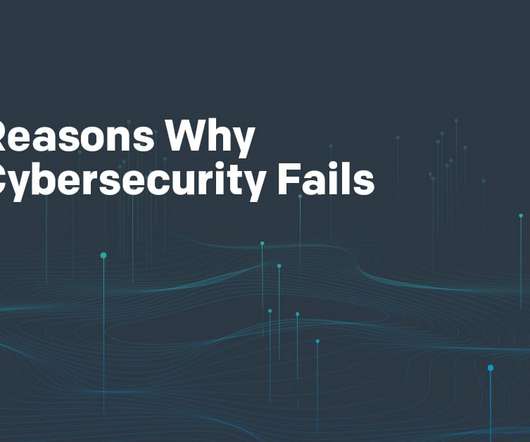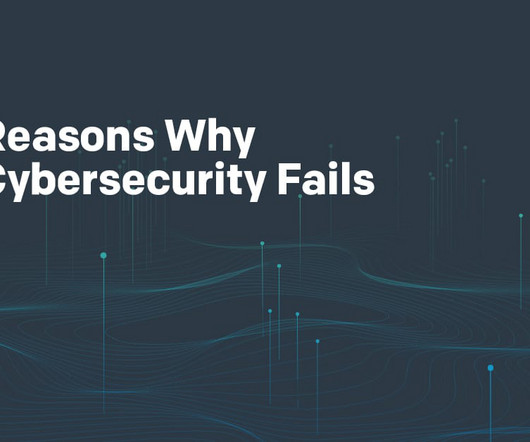7 Reasons Why Cybersecurity Fails
NexusTek
JULY 28, 2021
Without an accurate inventory of assets, patches and updates go unmonitored , increasing the vulnerabilities of such endpoints. Instead of just installing software and calling it a day, companies must conduct proactive preventative measures, including frequent infrastructure penetration tests and vulnerability scans. million to $8.94














Let's personalize your content